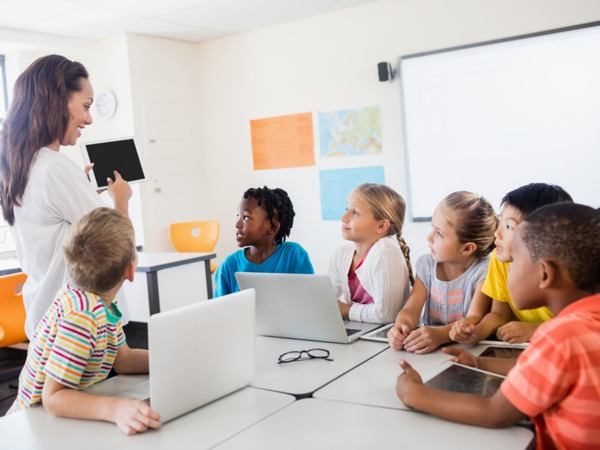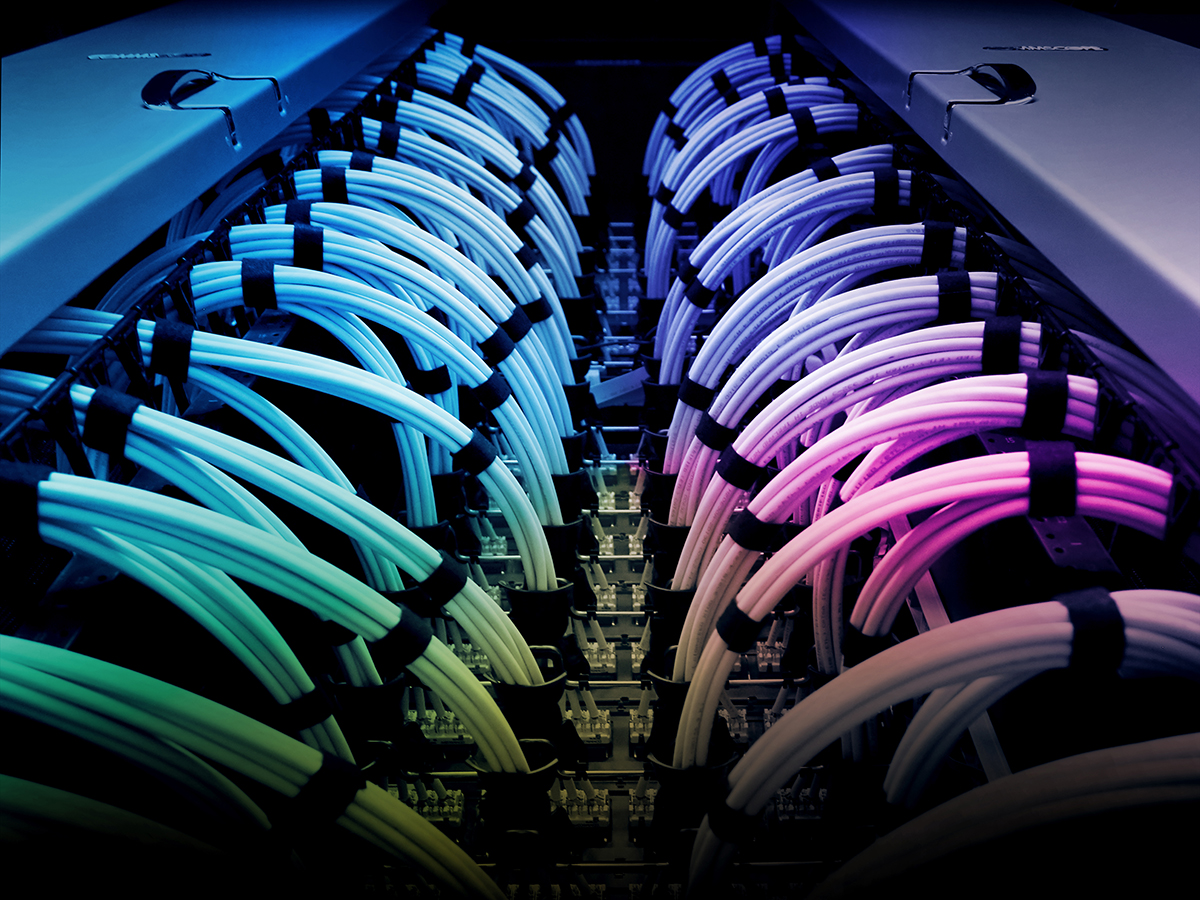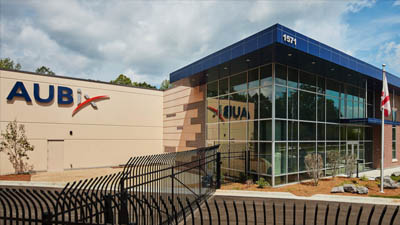 As someone who spent seven years with the San Francisco Unified School District as an IT director, I can say with some confidence that the COVID pandemic and subsequent lockdowns were completely unexpected. Nevertheless, it was a crisis that has spurred us to effect positive change for digital learning and equity. Over the past several months, the issue of bridging the digital divide to ensure equitable access for every student, regardless of their socioeconomic status or ZIP code, has come front and center.
As someone who spent seven years with the San Francisco Unified School District as an IT director, I can say with some confidence that the COVID pandemic and subsequent lockdowns were completely unexpected. Nevertheless, it was a crisis that has spurred us to effect positive change for digital learning and equity. Over the past several months, the issue of bridging the digital divide to ensure equitable access for every student, regardless of their socioeconomic status or ZIP code, has come front and center.
It's as if the pandemic created a giant mirror, reflecting our disproportionate reality. To our credit, school districts, campus administrators, government and private enterprise have stared into that mirror and decided "we can do better." In fact, we have seen schools that initially rushed to deploy online learning pause – so they could reconsider the ethical ramifications of a learning model that only some of their students could access.
As a subject matter expert on elementary education for CommScope, I'm proud to be part of the solution. Here are some of my observations regarding how K-12 schools are rethinking education in the age of COVID-19 and some key considerations to keep in mind as you think about your school's future.
CLICK TO TWEET: CommScope’s Erik Heinrich provides creative ways on how schools are attacking the digital divide.
Addressing the Digital Divide Inside and Out
According to the most recent data from the National Center for Education Statistics (NCES), 14-percent of children ages 3-18 don't have internet access at home. More than 9 million schoolchildren will face difficultly completing assignments online.This digital learning divide is hardly new. But, as I said, the pandemic highlighted the inequality that so desperately needed to be addressed. As a result, schools and districts have been partnering with network providers like CommScope to address the issue. Solutions range from the practical to the practically brilliant.
Access points provide Drive-Fi
Among the earliest attempts to make broadband connectivity more accessible involved augmenting school networks to extend service to outdoor areas around campus. One result is what I call Drive-Fi, in which Wi-Fi is deployed in parking lots or public areas where families can park their car and access Wi-Fi. Currently, when many schools are closed, this concept provides free broadband access to kids who previously had none at home. One great example is where Nextwave Wireless installed a RUCKUS Wi-Fi6 access point to serve kids at the local community center where kids could use the Internet to connect with their friends and access online learning. Once schools are back in-class full time, these Drive-Fi areas along with athletic fields and other campus green spaces will enable kids to continue learning and working on homework as they wait for their school bus or for their soccer practice to begin. By pairing this concept with Wi-Fi 6, schools and school districts can significantly boost network capacity to stay ahead of demand.
Taking it to the streets with Wi-Fi-enabled schools
Of course, most students, especially younger kids and students who live far from campus, can't travel to school and hang out in the parking lot all day. So, schools need to bring the required connectivity to them. This is where the concept of the Wi-Fi-enabled school was born. Partnering with multiple school districts and their IT teams, CommScope, through our RUCKUS Wi-Fi team, developed an easy-to-install kit that enables schools to turn idle school buses into mobile hot spots. It uses a RUCKUS M510 access point designed to run off the internal electrical system of the bus. By adding more access points and connecting them with a small, low-power fanless switch, you can easily expand your coverage area without losing signal strength. These buses can be driven out to areas needing broadband connectivity.
Pop-up connectivity
Another take on the mobile broadband theme is a pop-up connectivity and access station on wheels called a mobile rapid deployment unit, or RDU-M. It's a generator in a cabinet that's outfitted with all the necessary radios, access points and switches. The cabinet is a trailer that can be driven to wherever it is needed. Backhaul can be provided via fiber or ethernet from a nearby building. Alternatively, you can have a point-to-point, mesh or CBRS (private LTE) connection to the rapid deployment unit (RDU-M), allowing you to broadcast Wi-Fi access in areas that otherwise did not have any wireless connectivity.
DISPs (District Internet Service Providers)
In one of the more extreme examples of schools taking the lead in bridging the digital divide, some large school districts are becoming their own ISPs. They have many schools within the district, and a sizeable point-of-presence footprint within the community. Murray School District in Utah with RUCKUS CBRS is basically providing internet service to the surrounding community. A school district in Texas, for example, recently bought the broadcasting towers from the local provider and mounting Wi-Fi equipment on them and could just as easily add private LTE via CBRS.
We've made great progress in a short time, yet have a long way to go
These are just some of the creative ways that schools are attacking the issue of digital inequality. I'm heartened by the fact that we're finally tackling this problem.
However, success will come in measured steps, not all at once. Schools will need to continue investing in their network infrastructure. That means adding capacity, deploying more fiber, and upgrading switches. This is the basic blocking and tackling required to create a robust and reliable distance learning model that works for everyone. But we'll get there.
Hopefully, some of the approaches listed here will inspire you to think outside the box. At the very least, they give you an idea of what's possible and show you the tools available to help accomplish this. For more information, I invite you to check out the webinar CommScope recently did on this topic: Deploying Distance Learning Solutions for Access Equity. And, as always, if you need any guidance, ideas or support, we're just a call or click away.














